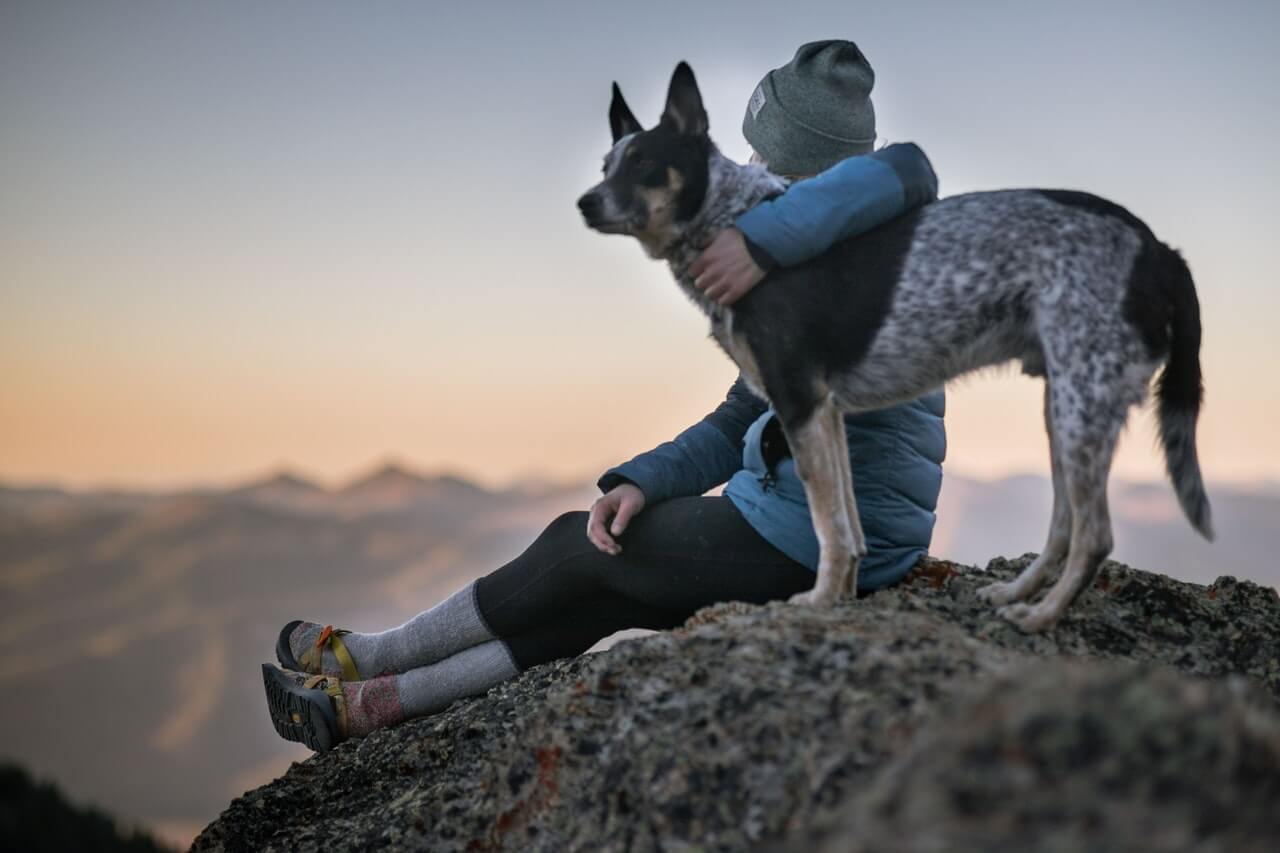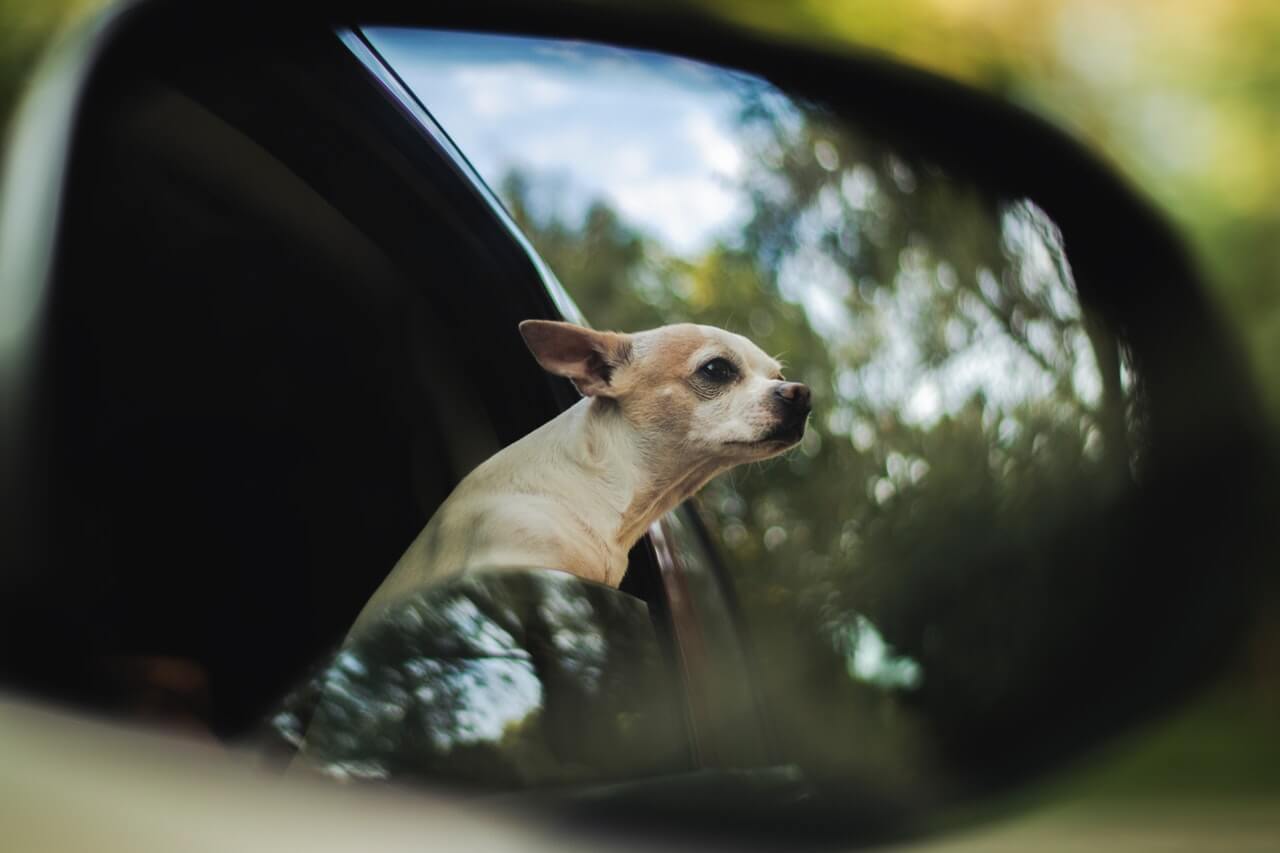2019-06-19

According to the Americans with Disabilities Act (ADA), service dogs are trained to assist people who have difficulty performing tasks themselves due to their physical or mental impairment. You are allowed to train your own dog to become an identified service dog that can accompany you wherever you want or need to go. As one type of assistance dogs, service dogs have an extraordinary privilege to enter almost all public areas, such as restaurants, libraries, airports, stores, subway, etc. You should train your dog to meet the specific needs of your disabilities so that your safety can be assured and you can deal with many problems in the public places. Find out what kind of tasks or tests you should train your service dog before you go outside with him.
It is important to link the public access test with basic obedience skills such as commands training and leash training. You should also make sure that your service dog is friendly, socialized and manageable in public. Here are some rules your service dog must follow when you take him outside.
1. Stay with the owner
The main task of many service dogs in public is to stay with their handler. Although there are lots of interruptions or distractions while working, service dogs are expected to sit or lie calmly near their handler until they are needed. Therefore, they are trained to stay under a desk or on a bed for a maximum of two hours. Do not forget that service dogs are also animals that need a lot of exercises and sleep every day. Allow your service dog to stretch his legs or take a nap when he is not very busy.
2. Controlled unloading of a vehicle
Vehicles are one of the most common types of transport for us, including private cars, Uber or Lyft, and buses. A service dog must wait and stay with the handler before he gets safely out of the vehicle. After unloading, the service dog should stay in the heel position and be relaxed, not rushing ahead or showing fear of cars or the noise of the busy traffic. What is more, the handler should instruct the dog to follow him using cues and/or commands. However, the dog is not allowed to run around, ignore commands and get out of control.

3. Enter through a doorway
When you are approaching a door of a building or store with your service dog, the dog should wait patiently until you are fully inside the house, and then calmly catch up with you. Once inside the building, your service dog should be right next to you or within easy reach where you can call and control him. The service dog also has the responsibility of leading his handler around corners and walking through the crowds without interacting with the public or seeking attention. In narrow aisles, as in a store, the service dog should avoid the obstacles and not destroy the facilities or goods.
4. Stay within six feet
Your service dog may move within six feet of you and must return to you immediately after you call him. The dog should respond promptly to your commands and not draw attention in public. When he sits down on the ground, he is also prohibited from approaching food or sniffing at it. If an adult or a child approach and pet your dog, the service dog must maintain his sitting position and behave gently without getting excited.
5. Deal with distractions
Service dog training courses include noise reactions. For instance, the dog should be trained to ignore nearby noise and move on beside you. Aggression and fear are inappropriate behavior of a qualified service dog. Your dog must quickly overcome the normal reactions that are normal after a fright, such as jumping and circling, then return to his work.
6. Dine with the handler in a restaurant
While dining with your service dog in a restaurant, the dog should be under the table or stay near you if he is a large breed. If your service dog is small enough to be placed on the seat next to you, make sure he lays down quietly. However, if your meal takes a relatively long time, you could allow your dog to move a little to feel comfortable.